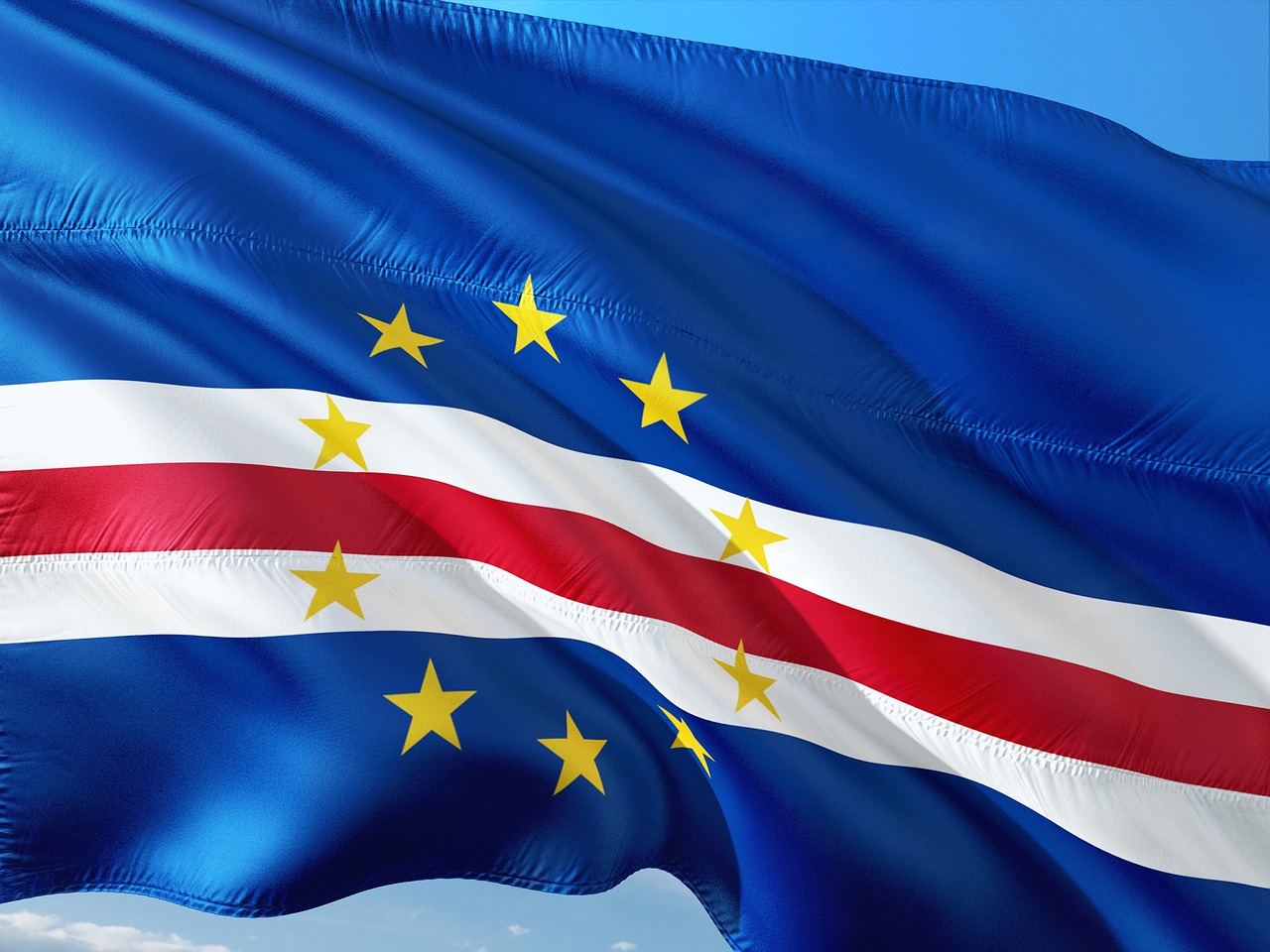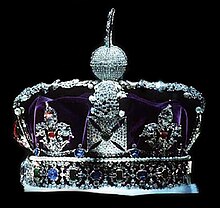
Crowns have symbolised authority and royal status throughout civilisations since the prehistory[1]They represent power through elaborate garments made from precious materials. Initially used by various cultures to distinguish rulers and honour notable individuals, crowns have evolved from simple banners to elaborate ceremonial artefacts. They signify monarchical legitimacy in heraldry, numismatics and cultural representations. Although modern monarchies have declined, crowns remain potent symbols of state authority, particularly in ceremonial contexts such as coronations. The British monarchy remains the most prominent tradition[2] of coronation, with crowns representing not just individual rulers, but entire royal institutions. Beyond their literal monarchical use, crowns persist in the cultural imagination, appearing at weddings, performances and national emblems, maintaining their historical significance as powerful emblems of leadership and social hierarchy.
A crown is a head ornament used as a symbol of power e legitimacy.




It's a perks and is the traditional symbolic form used by monarchsmembers of the nobility, saints e godsWhat it represents: power, legitimacy, immortalityjustice, victory, triumphresurrection, honour and glory of the afterlife.

The crown as a symbol is also used in heraldryincluding the coats of arms of villas e cities.
In art, it can be represented as being offered to men by angels. In addition to their traditional shape, they can be made of flowers, stars, oak leaves or thorns, etc., depending on what they symbolise. They usually contain jewellery.